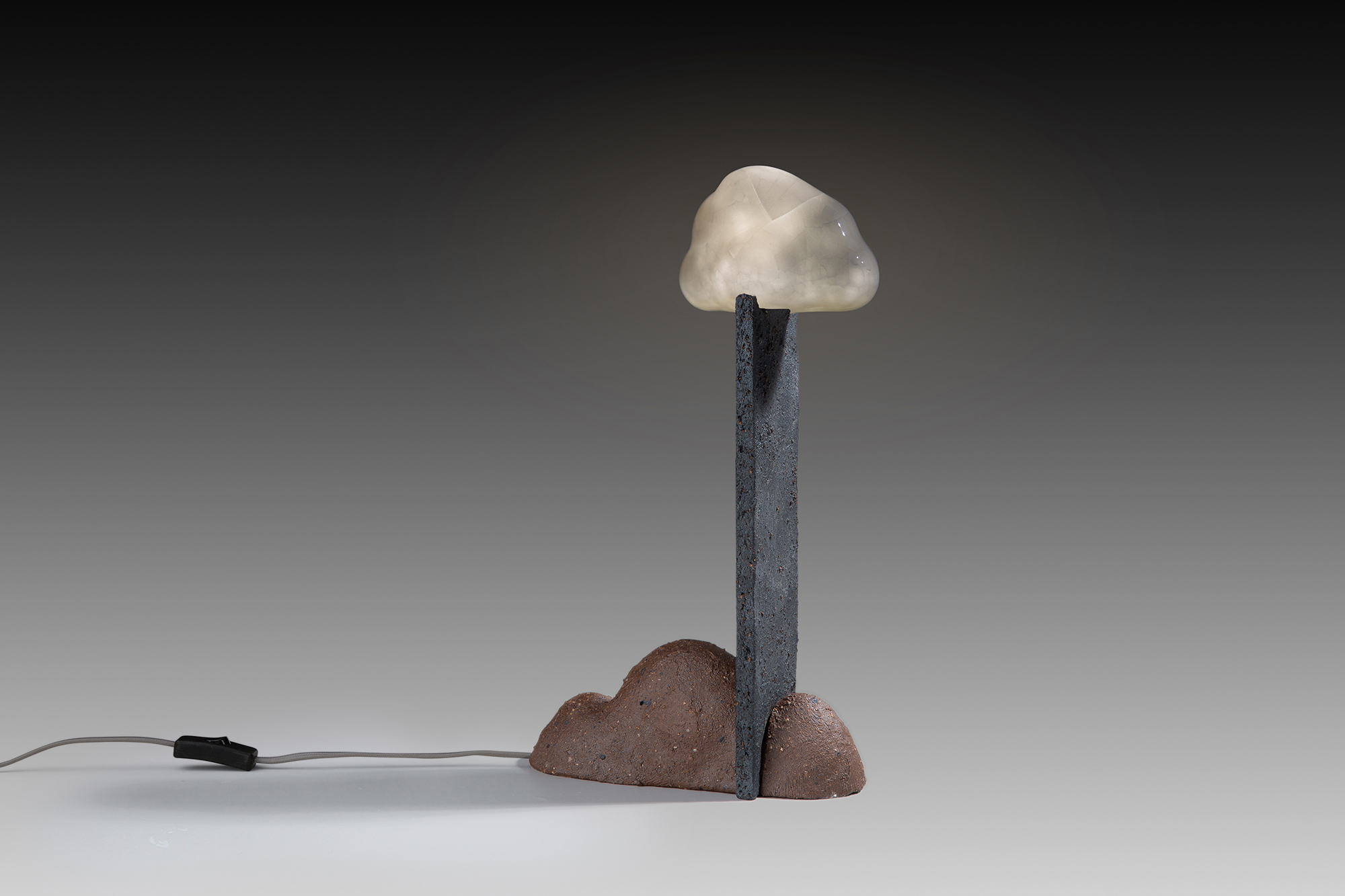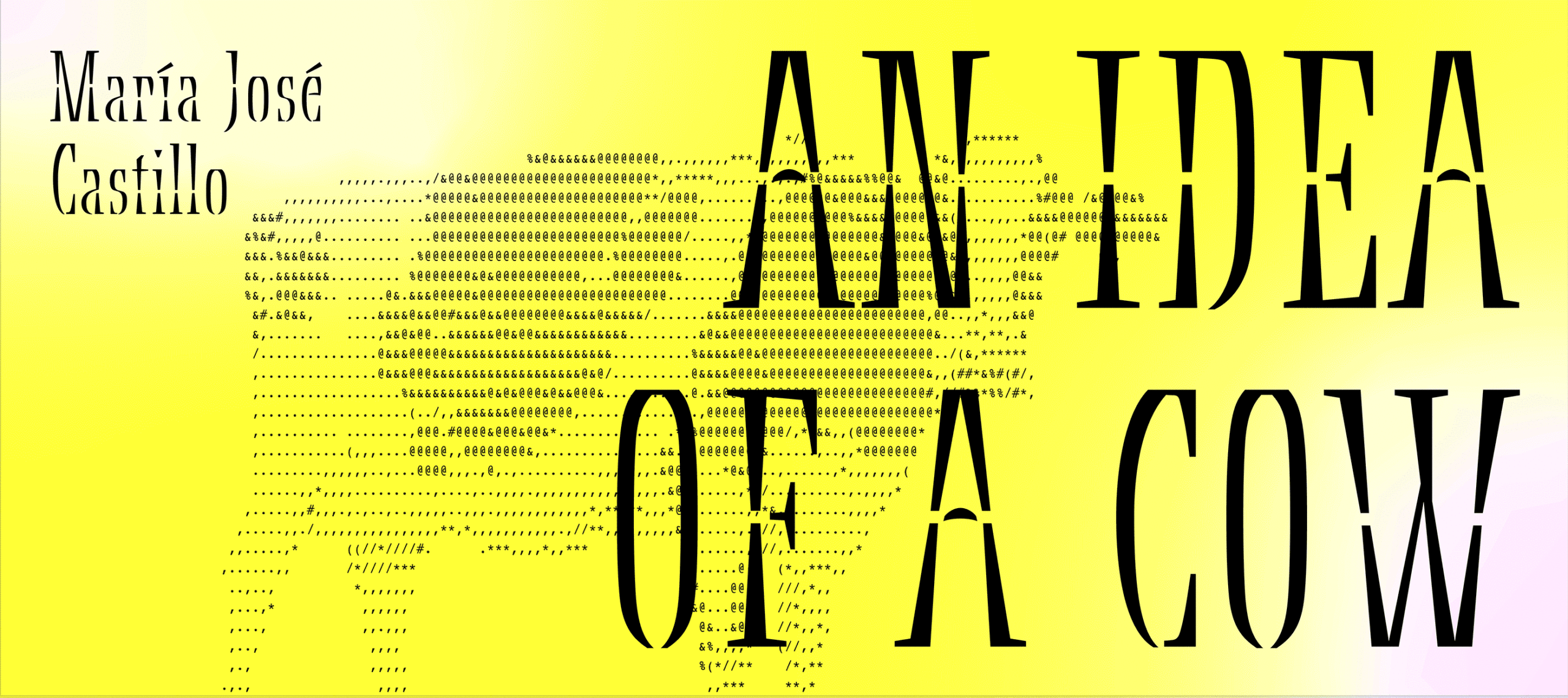
Series:
 Series: Residents of ImpermanenceGuest Editor
Series: Residents of ImpermanenceGuest EditorPeng Wu
 Series: Residents of ImpermanenceGuest Editor
Series: Residents of ImpermanenceGuest EditorPeng Wu
 Series: Residents of ImpermanenceGuest Editor
Series: Residents of ImpermanenceGuest EditorPeng Wu
 Series: Residents of ImpermanenceGuest Editor
Series: Residents of ImpermanenceGuest EditorPeng Wu
 Series: Residents of ImpermanenceGuest Editor
Series: Residents of ImpermanenceGuest EditorPeng Wu
 Series: Residents of ImpermanenceGuest Editor
Series: Residents of ImpermanenceGuest EditorPeng Wu
 Series: Residents of ImpermanenceGuest Editor
Series: Residents of ImpermanenceGuest EditorPeng Wu
 Series: Residents of ImpermanenceGuest Editor
Series: Residents of ImpermanenceGuest EditorPeng Wu
 Series: Residents of ImpermanenceGuest Editor
Series: Residents of ImpermanenceGuest EditorPeng Wu
 Series: Residents of ImpermanenceGuest Editor
Series: Residents of ImpermanenceGuest EditorPeng Wu
The immigration system is like a maze designed by people who’ve never had to walk it. It’s a game with rules that were written without any immigrants being at the table. The system dangles the carrot of “permanent residency” before us, as if the descendants of European settlers possess divine authority to grant or deny us the right to live on stolen land. “Residents of Impermanence” is a writing series centering the voices of artists living in the United States without the security of legal permanent residency. Think of us as a carton of papaya juice of the art world—fresh, exotic, and with an expiration date stamped right on us. We might be here today, but who knows about tomorrow? “Non-immigrant temporary foreign worker” is the official name of our visa category. All three adjectives render us disposable and replaceable labor, perpetually othered, regardless of how long we’ve called this place home. Underneath the alienating name of the visa category is a system designed to fuel the colonial hunger for foreign labor in the past centuries till today. The visa system needs to assign “expiration date” to the foreign labor to make sure they can be expelled after being used. So they will never share the wealth and resources controlled by the settlers and their descendants. A simple example: we pay a large portion of our income as social security tax, but we are not eligible for social security money unless we get granted the green card. In essence, the built-in temporality of the visa system effectively molds foreign labor into fungible commodities, echoing colonial practices in its pursuit of maximum economic efficiency.
Being artists holding temporary working visas, we are here to entertain. I had this enlightening moment at the end of a summer party hosted by the immigration attorney who helped me secure a temporary working visa. The attorney is well known in town for specializing in artists’ visas. We circled around her and she announced her retirement and talked about her past decades’ achievement in helping artists in the “entertainment industry” get their visas of working in the U.S. At that moment I started to think in retrospect whether my work had been “entertaining” enough. As Iranian artist Ziba Rajabi in this series pointed out one message she got from her audience: “Your pain is not entertaining enough for me.” Aren’t we expected to earn our legal permission to stay here by staging our pain to entertain a primarily white audience? Then I ask what’s the intention of this writing series? Is our artwork not entertaining enough, so we feel the urge to explain our pain in writing, so we can beef up the entertainment? Even more strangely, none of these articles are written in our mother tongues. We’re writing these stories of our shared experiences in the “default” language of this land. We use this foreign language not to assimilate. Instead, we write with the hope of connecting with one another who are all trapped in this haunted house. English is not the official language of this country, but it is the only language we can use to talk to one another and say, “I see you, and you’re not alone.” Using this borrowed language, we are able to compare notes of navigating this system and find solidarity in our shared experiences.
Xiaolu Wang’s article talks about how our communal ancestor guided Peng Wu to discover the marginalized history of early Chinese indentured labor (coolies) in an almost supernatural way. In response, Peng Wu created functional ceramic objects to honor the discovery. María José Castillo, navigating between languages of English and Spanish, wrote about how they highlight and sometimes transcend the “communicational hiccups” with their art and design processes. Ziba Rajabi and Aida Shahghasemi’s conversations discuss how Ziba’s visa circumstances influenced her approach to painting, and led to her breaking traditional norms to express her fragmented identity. This approach allows her to navigate the ethical responsibility of representing recent uprisings in Iran without exploiting others’ suffering.
We exist in a state of suspension, caught between the land we come from and the land we stand on. This liminality prevents us from making long-term plans, from fully investing in our futures. However, among all “temporary foreign workers,” we artists are the luckiest—as art gives us a voice to challenge, question, and reject the assumed authority that labels us as “legal” or “illegal.”
—Peng Wu 吴朋 from Dakota land, specifically Minneapolis


